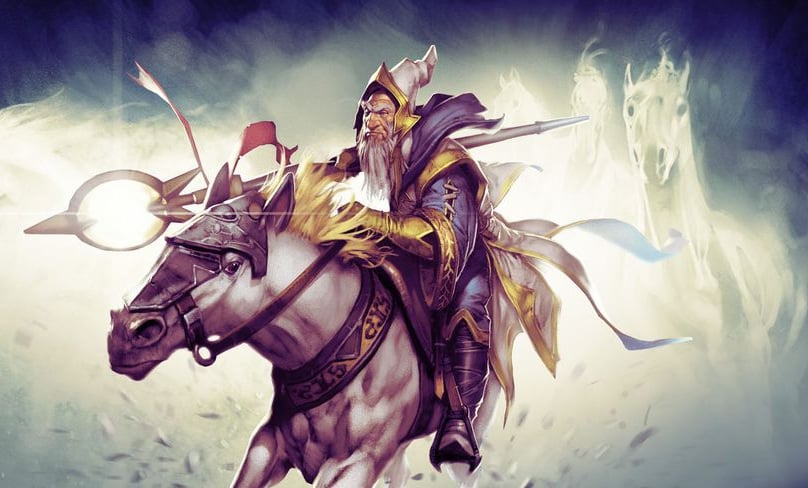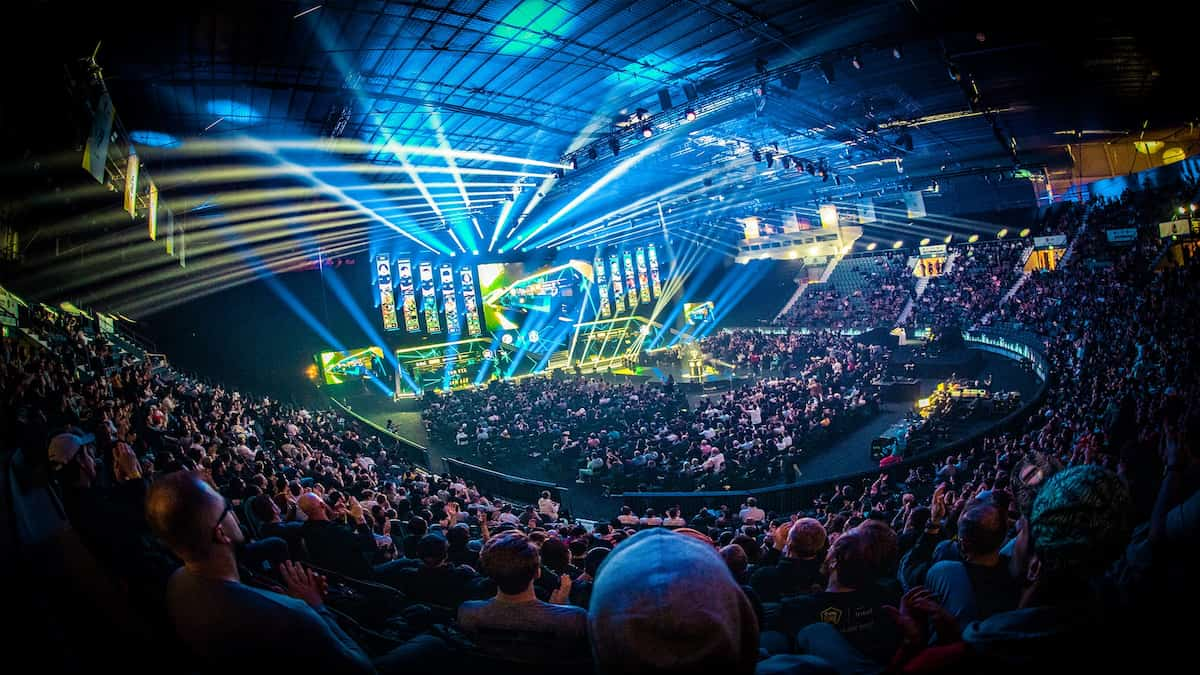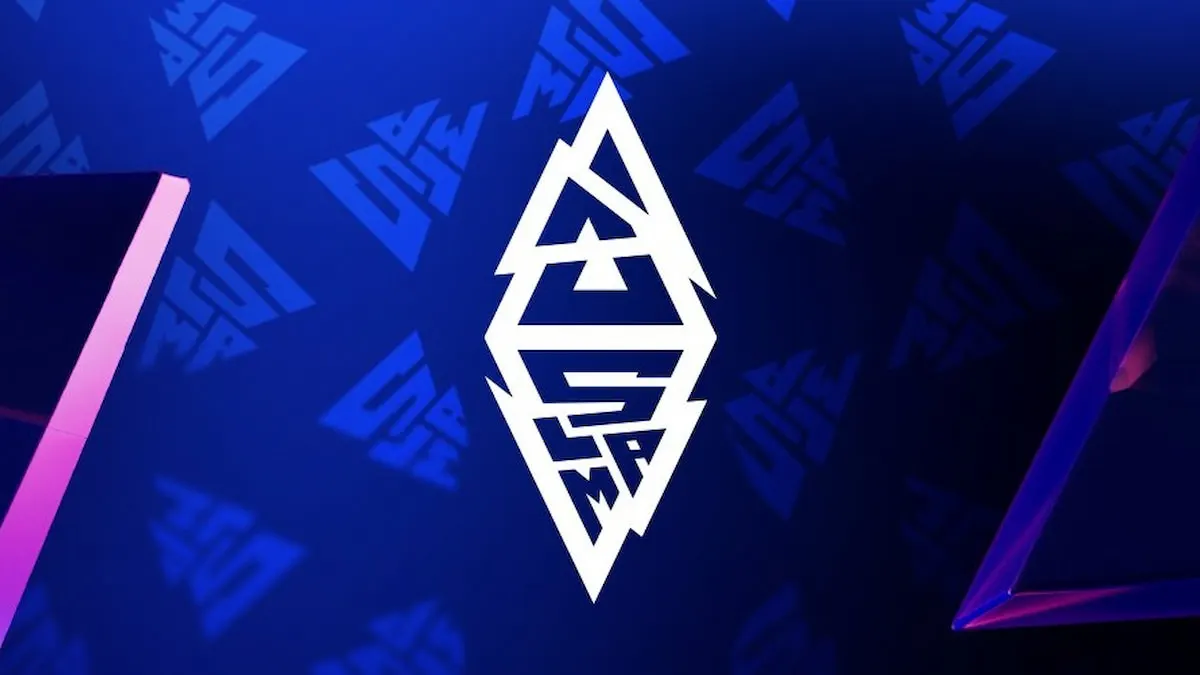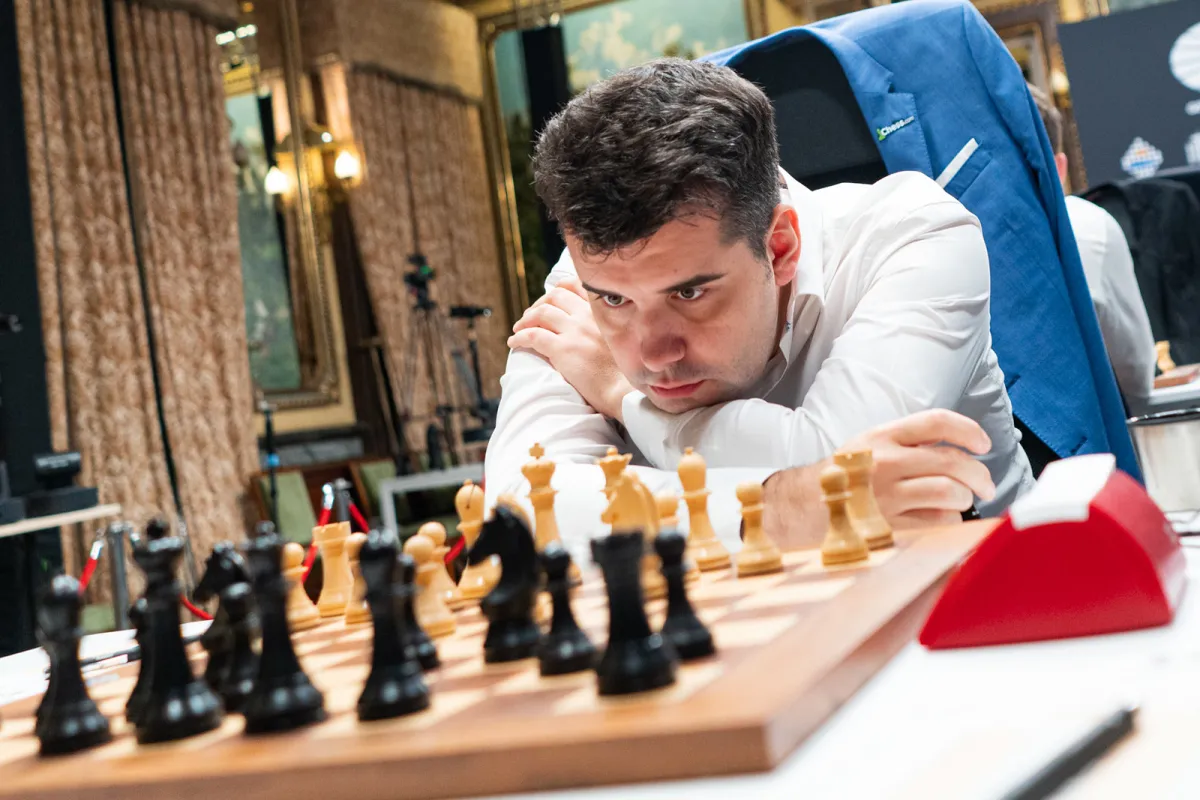For years, new Dota 2 players have been using Kevin “Purge” Godec’s legendary guide, “Welcome to Dota, You suck,” to demystify Valve’s notoriously complex MOBA. As a result, Purge has slowly built a reputation as a friendly Virgil for Dota 2 neophytes.
Recently, Purge began collaborating with Sean “Day9” Plott (who came to prominence with his educational StarCraft 2 dailies in the early 2010s) on a live series in which Purge guides Day9 through his first steps into playing Dota 2. Now, based off the success of that series, Purge is creating a standalone YouTube series, Learn DotA, meant to educate new (and old) Dota 2 players about the basics of the game. And, for the first time, he’s turning to Patreon to make it possible.
Purge recently spoke with Dot Esports to talk about the ideas behind his new series, his collaboration with Day9, and the choice to make a Patreon for his work.
The following interview has been edited and condensed for purposes of readability.
Why did you launch the Patreon at this specific moment? What was the reasoning for not doing something like this during the last few years, when you were also putting out a lot of Dota 2 content?
Well, it’s hard to say without flaming people, but I don’t like faking emotions, and I don’t like faking statements to entice people to give money. And I don’t want to just take people’s money for no reason.
It was even difficult for me to be convinced that a Patreon was the right move, because I don’t want to do subscriber and donation pop ups, or say all those things on stream because that ruins the content of actually playing the game. Last night, I watched an Overwatch streamer—7,000 viewers, so pretty popular—and every single time he got a sub, he’s say “Thanks, X name, I really appreciate it.” I say that stuff sometimes, but it’s usually between games or when I happen to read chat. It kills the stream in a lot of ways; it hurts the quality.
What made the content creation you were doing before financially viable?
It wasn’t that different from now. YouTube ad revenue was better in the past, but my revenue streams are still the same—there’s Twitch subs, working events, and sponsorships here and there. But the difference was what content I chose to make—and that’s why I made the Patreon.
Basically everything I’ve made since The International 2 is content that takes no editing, I can just sit down and press record and have a video within an hour, just by winging it, and the content is good. But it’s not short, it’s not refined, and there’s probably a lot of wasted time in there. Making those is easy, but if I want to go back and edit that, it takes me an extra 30 minutes to an hour to go through everything.
It’s possible to continue on that path, but now that I have an editor, I want to go deeper into things. Even just using Sander, my editor for the Day9 show, every episode took three to four hours of writing, especially at the start. Then I’d have to send Sander off to find clips—usually, 12 to 15 examples that he’d have to find or create himself. So stage the footage, record the footage, then put it into editing—all of that took a long time, probably 10 hours a week.
It cost a lot to make simple episodes every week, even with ad revenue. But I did enjoy making this higher-level content, and the easiest thing to do was make a Patreon. And the Patreon rewards aren’t the most explicit, but the money is 100 percent going towards – well, not all the money depending on how big it grows – covering those expenses and justifying the higher requirements of the work, which will ultimately produce better content in the end.
And did you approach Day9 about collaborating, or did he reach out to you?
I’ve always been aware of his content, and I used to watch his StarCraft 2 stuff back in the day like most of us. But, in this case, he approached me. I know he turned into the newbie stream a little bit in past years, so he probably watched my content a little bit. He added me on Skype one day and brought the idea up and said he wanted to do this. He pretty much had the format down in his mind; I just had to write the episodes.
I know I’m asking you to speak for Day9 here, but why did he choose Dota 2 and not another game?
He said he really likes Dota 2 basically. He thinks the game design is good, and he enjoys playing it. He feels like it has deep information and lots to learn, and it satisfied that deep Brood War itch in him.
I know you said he came with ideas, but what was the balance of collaboration like between you two?
We had initial ideas on the outset, but as time went on it became my call because I’m the one writing the episodes. It’s difficult to do everything, but now that it’s mostly over, I’m glad I did it. It was definitely doable, it just took some thought and work.
And how does Day9 rate as a student?
He’s very good. He’s definitely picked up a lot. I think around episode ten he started having a good information routine, I think he understands how to play a lot of roles now, even if he doesn’t necessarily execute perfectly in game. He sometimes forgets things, like we all do.
You mention in your Patreon that you learned a lot from teaching him, and that this would have a tangible impact on the Learn Dota series. Can you say more about that?
Let’s say I write an episode, and I think “this is the way the episode should go.” And I do the Day9 show and it goes fine, but, personally, I’m like “oh, I should have covered ‘x’ topic more while I was talking about this, and I forgot about how ‘y’ thing has more logical applications toward ‘x’ than what I actually showed.” I really should have taken notes every week, but what I’ll probably do is go back and watch every lesson plan and look at the notes that we took and redo things. For example, the item builds episode: I focused way too much on theory crafting – things that could work, mechanics wise – but not things that are viable and build transitions. So the episode ended up having a lot of theory, and it would have been better if it had been more about stuff like “is it better to buy ring of health or ring of regen and a quelling blade first?”
So when and how did you have the idea of taking what you were doing with Day9 and turning it into a standalone YouTube series?
That was kind of Day9’s idea at the start as well, which is kind of overwhelming to hear because it’s difficult for me to commit to something that has a high workload. But his idea was that we should do the series, and, after that, I’d turn it into a YouTube series. He’s basically doing all the plans here, but it was a lot to hear him be like “oh you should do a stream every single day o the week with different lesson plans!” I was like “God, there’s no way I can do a different stream every day of the week and set a schedule like that.” It would be beneficial for me and I can move in that direction, but I don’t think I’m capable of that workload yet.
So, Day9 is an ex-progamer, a designer himself, and an exceptional teacher, so he’s in many ways uniquely qualified to be a great student. How does your approach change when you’re not tutoring him and instead teaching the faceless masses?
The important thing is for me to get more feedback when I do video stuff before I publish them, because there isn’t going to be anybody there to give feedback during the recording. If I’m going to fast in a section, Day9 can’t just stop me and say “go back to this part.” So I have to be more aware of that, and, sometimes when you get into the grind of making content with no feedback, it’s important that you do look at it again and be like “are we missing anything? Is it too complicated? Let’s do this section one more time.” It’s a different set of skills than what we did, because I usually wing the flow when we’re live.
Did you ever thinking about partnering with a site or an esports organization to make these videos? I’m sure there are a lot of plays that would pay a lot to host this content.
I thought about it, but didn’t really explore it with them. I could have and I’m sure they would pay big money, and that could have justified the cost. But I don’t like the idea of putting it behind a paywall. It looks greedy. Even hosting on a different site is not something I want to do, because it’s very easy to fall into those traps. I’d rather keep my content in the most consumer friendly area, my Twitch and YouTube channels. I don’t want to restrict it and I don’t want to make it difficult to find. I’d rather keep it free, and be open and honest with people.
How did you go about determining what would be offered by each reward tier?
They’re mostly based on workload. By doing the Learn Dota series in the first place, the workload is going to increase. That’s on top of the Day9 show stuff, if we continue doing it. Right now, I’m basically spending two days a week on the Day9 show – one day for prep work and the other for execution. That’s already a lot of time, and of that, I only spend about three hours streaming on my channel. If we’re doing all these rewards – playing with viewers, casting more games – it’s all increased workload. The first time a thread about my Patreon got posted, the response was a little negative because I don’t think people full followed my arguments. But if we just increase my workload for Patreon rewards, then it’s just running a Patreon with more givebacks for the sake of justifying revenue. But, in reality, the Patreon is meant to encourage people to donate money to cover the content that I already produce, with the promise of having more, better content in the future, like the Day9 show or the Learn Dota series.
It’s confusing, but it’s the day that new media has to work because not everyone watches content on Twitch. I have a large audience on YouTube, and my work has really good visibility all over. Like, my fucking Reddit thread got like 4,000 upvotes. But if I put 10 to 15 hours of editing into a video and six hours creating it and it makes like, tops, 600 from ad revenue, and I have to pay someone 20 bucks an hour to edit video then …what the hell? It’s not viable. I could just go coach somebody for $150 an hour, or go work events. So I have to encourage people: here’s access, and that’s why I need support to cover it, and that’s why I did the rewards the way I did. They give access but they don’t massively increase my workload, other than the kickback stuff.
Do you have any plans to have special guests on the show? Like, invite, say, PPD to come on and so a segment about warding?
Probably not, because I don’t want to talk to the camera. Learn Dota will probably just be voiceover work with clips. Maybe I’ll ask someone’s opinion about something like if I wrote a 1v1 mid guide. But I think I can pretty much cover everything else with just the stuff that I know.
Do you worry that these guides will go out of date, or are you focusing on things that are so fundamental that they’ll always be relevant to Dota 2?
The goal is to make sure that these guides cover Dota 2 for a long period of time. I’ll mention as few numbers as possible, because those are going to change, 100 percent. It’s definitely a slight worry, and I’m sure that there are numbers I will mention that will get changed. If that happens, too bad. But I think that should be a small problem.
What are you going to do once the series is done? Or is there even an end?
We’ll probably do around 15 episodes. Maybe we can shave off one or two of the ones I did with Day9, or combine them. But, man, I do not think more than eight weeks in the future. Most of the time, I don’t even think more than three days in the future. I haven’t even thought about that part. I’m sure that there’s a lot of other things we can do – Sean had an idea about covering specific hours in Dota 2. Like, here’s what to think about during your first five hours. Then for the next five, here’s what you should focus on. The method I use with Sean is information overload, because that’s how I think and play. But it’s not necessarily the best for new players, because they’ll get overwhelmed. But with an editor, pretty much everything we want to do is possible.






Published: Jun 27, 2017 08:37 am